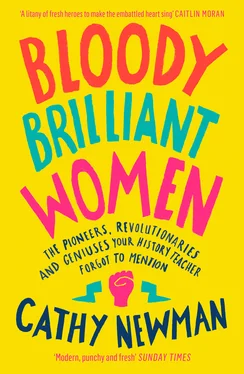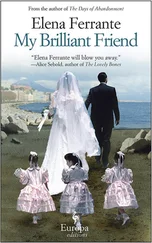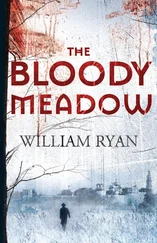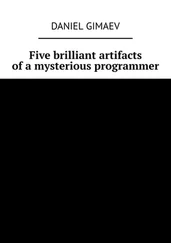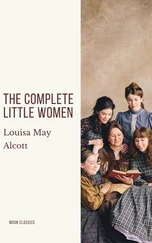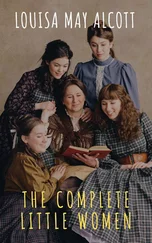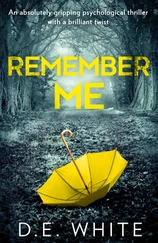Still, our medieval sisters struggled on. They oversaw births and deaths as midwives and layers-out of bodies. Some ran businesses from their houses. If they were married they could and often did declare themselves unmarried in order to escape the common-law disadvantages of being wives. (Their husbands were happy to be complicit in this as it absolved them of liability for any debts.) This was known as trading feme sole and gave women a bit of economic independence, especially in areas like the silk trade; in trades less female-dominated they probably fared worse.
Alice Chester carried on her husband’s business after his death in 1473. She used her own ships to trade in cloth, wine and other commodities with Ireland, Spain, Portugal and Flanders and made enough money to afford a town house in Bristol and to lavish expensive gifts on her local church, which included elaborate carved figures and a new rood loft. Margaret Paston ran her lawyer husband John’s malt and wool business when he was away, as well as defending the family estates in Norfolk from armed bandits. When they were separated, Margaret kept in contact with John by letter, many of which have survived to provide us with arresting insights into life in England during the War of the Roses. In 1449 she wrote to John demanding crossbows, grappling irons and shooting bolts for use in defending the Paston castle at Gresham against an attack by Lord Molynes. Margaret and her twelve comrades-in-arms never stood a chance against Molynes’ thousand-strong army, and she was duly evicted and the castle sacked. But she didn’t lack courage or resourcefulness.
We learn a fair bit about the lifestyle of a bourgeois woman in a thriving provincial town from Margery Kempe, the Christian mystic whose dictated autobiography, dating from the 1420s and surviving in a single manuscript discovered in the 1930s, is one of the earliest known memoirs by a woman. Much of it relates to her spiritual journey, undertaken in the grip of what sounds like post-partum psychosis.
Among the religious revelations is the more fascinating one that Kempe ran a microbrewery in her home town of Norwich. The Book of Margery Kempe is pleasingly graphic about what ensued on the day a batch of ale became contaminated: ‘When the ale had as fine a froth on it as anyone might see, suddenly the froth would go flat, and all the ale was lost in one brewing after another, so that her servants were ashamed and would not stay with her.’5 Having only taken up brewing in the first place ‘out of pure covetousness’, Kempe interpreted this stalled fermentation as a punishment from God.
Less heavenly patriarchs intervened over the next century. A woman’s work was reduced to child-rearing and caring. Acquiring education, power, money? Not so much. There were exceptions such as the entrepreneur Katherine Fenkyll who, like Alice Chester, took over her husband’s business (he had been a draper) with huge success after his death in 1499. But apprentices to trades were usually male: only seventy-three women are known to have been enrolled as apprentices in sixteenth-century London, compared with thousands of men.6
Women weren’t thought to be worth properly educating, so they couldn’t acquire skills the blokes took for granted. In the early modern period, female education was generally a religious affair, designed to get round the fact that women were ‘born in sin’ as daughters of Eve, the ‘weaker vessel’; gossipy and obstinate, prone to idleness, volatility, hysteria – or any other vice which could be hurled at them.
Exceptions to this rule tended to be royal, or as good as. Sir Thomas More treated Margaret Roper and his other daughters to the same education as he had. Margaret could read Aesop’s Fables by the age of three and went on to study languages, history, philosophy, rhetoric and – her particular passion – astronomy. She married, as she was expected to do, but when More discovered that she and her husband William Roper were both studying astronomy, he wrote a bold, inspiring letter to her that sounds – sounds – as if it is legitimising her intellectualism: ‘I am ever wont to persuade you to yield in everything to your husband; now, on the contrary, I give you full leave to strive to surpass him in the knowledge of the celestial system.’
Yet there remained a sense that a woman’s mind was ‘naturally bad’; that Margaret was remarkable not in herself but because her education represented a triumph over women’s inherent defects – defects which, More conceded, ‘may be redressed by industry’.7
So it was that the future Queen Elizabeth I was tutored industriously by Roger Ascham between 1548 and 1550. Ascham was impressed by Elizabeth’s intellect: ‘Yea, I believe, that beside her perfect readiness in Latin, Italian, French, and Spanish, she readeth here now at Windsor more Greek every day than some prebendary of this church doth read Latin in a whole week.’ Aged eleven, she presented her stepmother with a translation from the French of Navarre’s Mirror of the Sinful Soul protected by a needlepoint canvas cover she had made herself. Truly, she possessed all the virtues!
But the adult Elizabeth justified her success by declaring that she was different from other women, possessing the (male) heart and stomach of a king. Pictures show her armoured, manly. But she was the exception which proved the rule. Edmund Spenser’s female knight Britomart in Book III of his epic Gloriana poem The Faerie Queene is supposed to represent Elizabeth. But as the poet makes clear: ‘virtuous women wisely understand/That they were born to base humility/Unless the heavens them lift to lawful sovereignty.’
Elizabeth Joscelin’s The Mothers Legacie (1624), a conduct manual written in the form of a letter to an unborn child, is revealing about prevailing attitudes towards female education. While it was vital that women be taught ‘good housewifery’, writes Joscelin, ‘other learning a woman needs not.’ She goes on: ‘Though I admire it in those whom God hath blest with discretion, yet I desired not much in my owne, having seene that sometimes women have greater portions of learning than wisdome.’
One female Restoration writer who bucked the trend for feminine modesty was Margaret Cavendish, Duchess of Newcastle. She craved reputation, recognition, visibility – all the markers of success men believed were their due, for, as she wrote in the preface to Poems, and Fancies , ‘they hold books as their crown, and the sword as their sceptre, by which they rule and govern.’ Not only was Cavendish prolific, but she refused to be restricted to a single genre, turning her hand to biography, poetry, science fiction, philosophical and scientific treatises – anything she felt like. Thanks to her talent for self-promotion – she designed her own extravagant, daringly masculine costumes and travelled with a full complement of carriages and servants – she became one of fashionable society’s must-see attractions.
When Cavendish visited London in 1667, Samuel Pepys became obsessed with obtaining a sighting of her. After several failed attempts, he finally caught up with her when she addressed the Royal Society on 23 May – the first woman ever to do so. Unfortunately, Cavendish was overcome with nerves, possibly because of the presence in the room of so many scientists she had been rude about in print, and she gave a poor account of herself. Pepys was scathing: ‘The Duchess hath been a good comely woman; but her dress so antic and her deportment so unordinary, that I do not like her at all, nor did I hear her say anything that was worth hearing.’
This was pretty unfair, especially as Cavendish had received ‘no formal education in even the most basic writing skills’.8 In fact, as an aristocratic woman, she had arguably received a worse education than her immediate social inferiors, who’d been trained up as governesses, ladies’ companions and teachers. Yet her instinct, as with so many latter-day women, was to blame her failings on herself, rather than an unjust society. ‘It cannot be expected I should write so wisely or wittily as men, being of the effeminate sex, whose brains Nature hath mixed with the coldest and softest elements.’
Читать дальше
